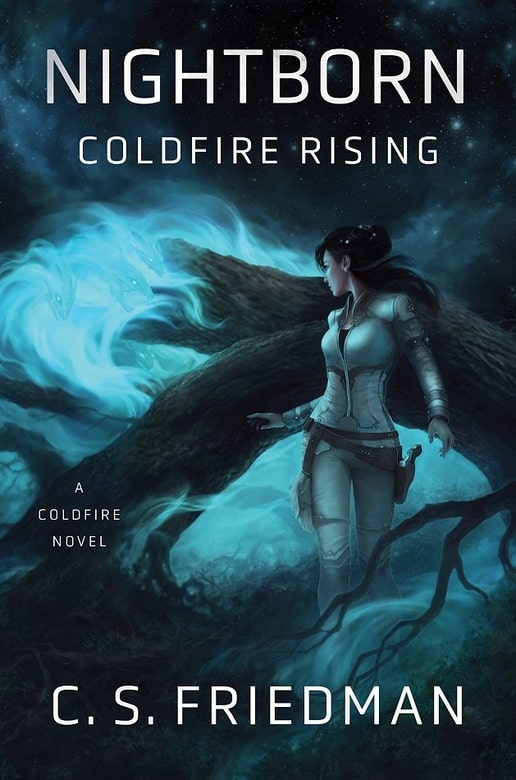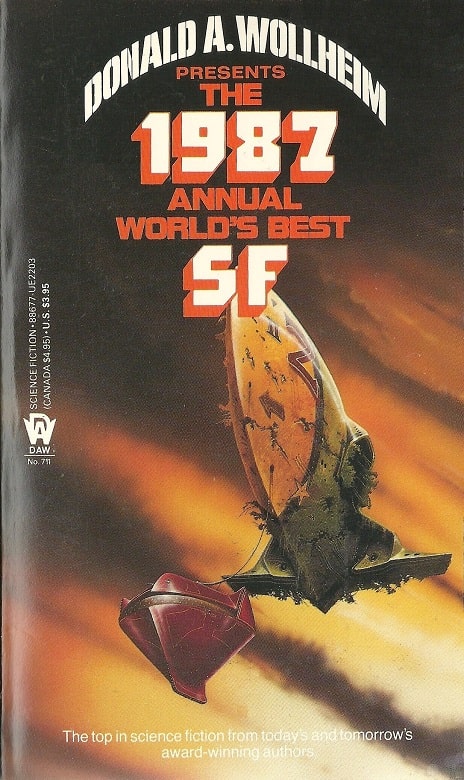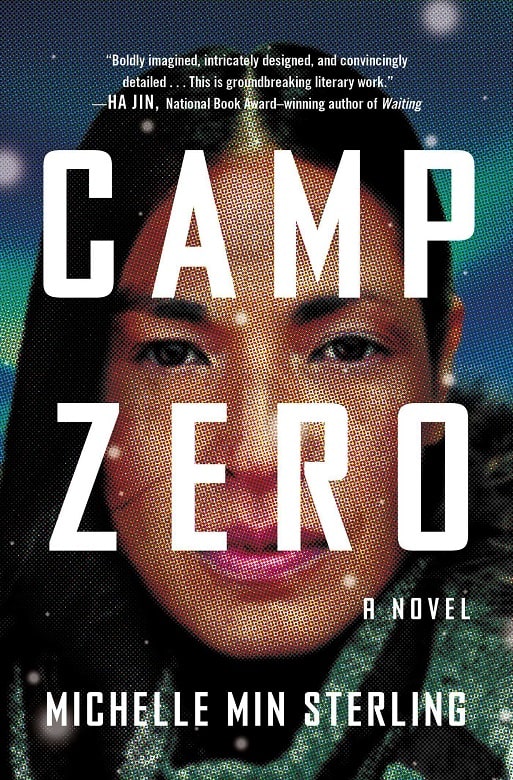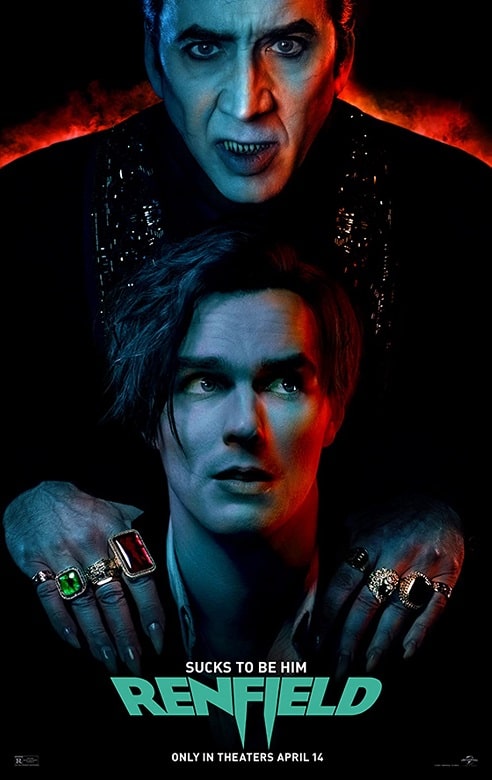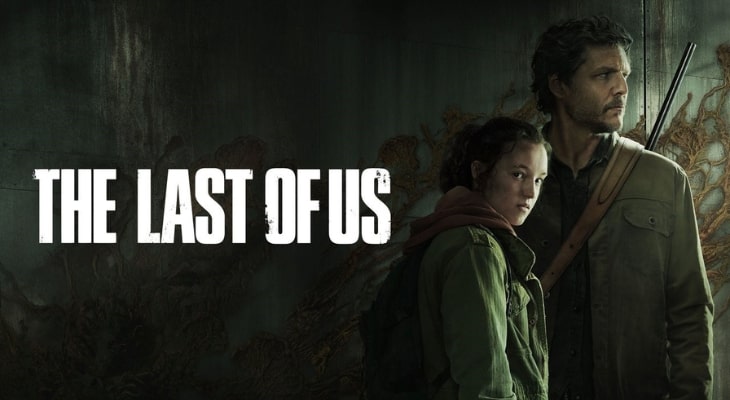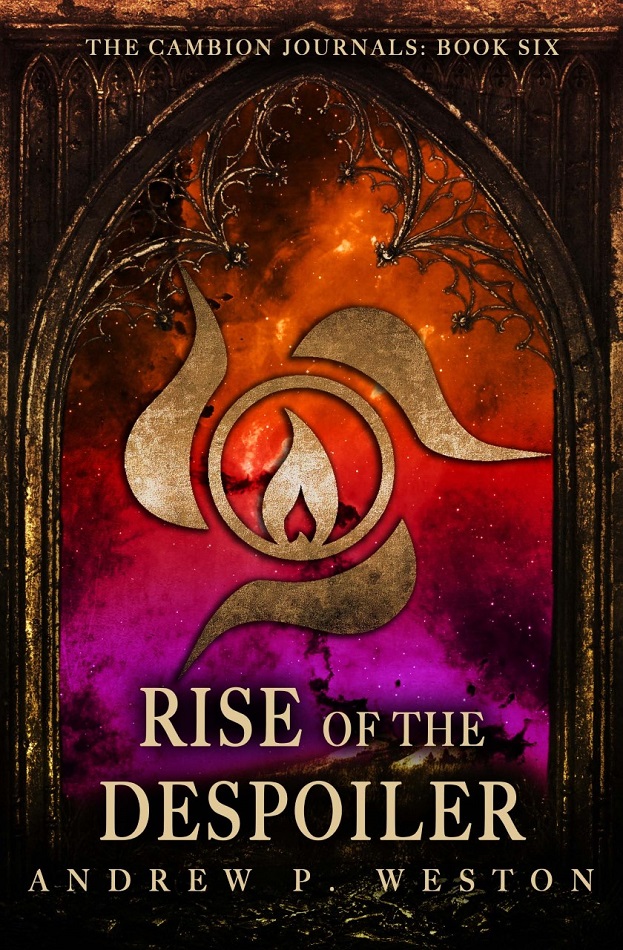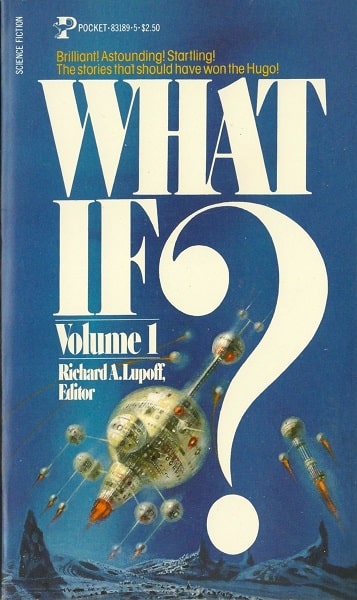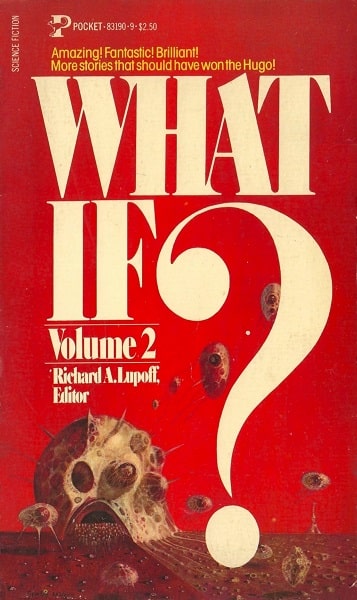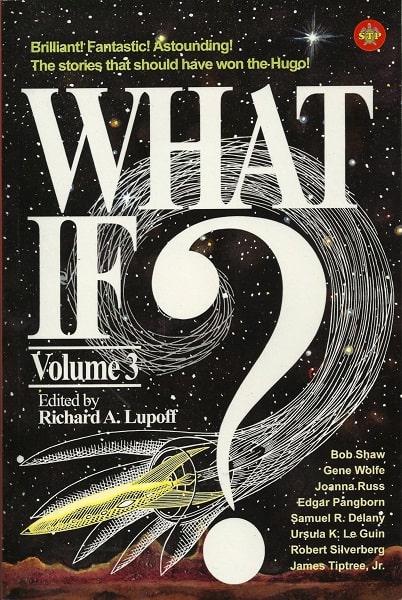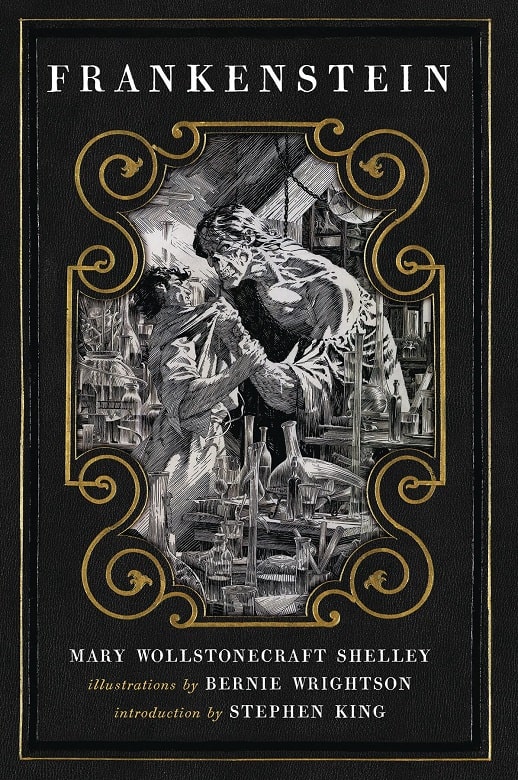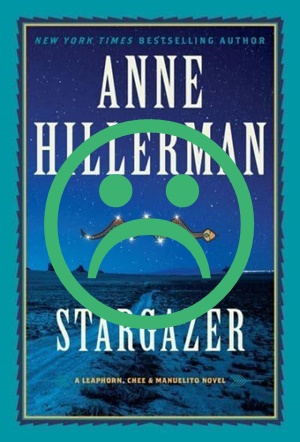 Official continuators of a literary series can engender mixed emotions. Some folks are happy to see more stories of a character they like – even if the creator has died. Others feel that only the original author should write that character and they should lie in the grave together.
Official continuators of a literary series can engender mixed emotions. Some folks are happy to see more stories of a character they like – even if the creator has died. Others feel that only the original author should write that character and they should lie in the grave together.
Characters eventually enter the public domain. Though exactly when varies in different countries; and it’s not always clear, regardless. But the rights holders (often the family of the author, or their Estate) contract with someone to continue the series. I have read several official continuations (though I still haven’t gotten around to Ben Black’s Philip Marlowe. And as I recall, Poodle Springs didn’t do anything at all for me). I’m gonna talk about a few, with comments on the concept, mixed in.
Tony Hillerman/Anne Hillerman
Anne Hillerman had previously written some non-fiction when she took over her late father’s Navajo Tribal Police series. The ONLY reason she is writing these books is because she owns the rights. Quite simply, her continuation novels are terrible. And are a bastardization of her father’s books. I wish someone could prevent her from any more of them.
Anne completely transformed her father’s series. She was not interested in writing more books in his style. Expanding from ‘Leaphorn and Chee.’ they are now officially ‘Leaphorn, Chee, and Manuelito Novels.’ She has completely shifted the emphasis to Bernie Manuelito. Chee is an emasculated husband who would be better off completely out of the books. They’re now like Lifetime movies about Bernie and her issues with her mom and sister, and unhappiness with Chee’s attitude at least once a book. It’s exhausting read them.
Louisa Bourbonette is now so annoying, I wish that Leaphorn (who was actually lobotomized by a gunshot wound in the first two books) would dump her.
Stargazer (the sixth book) is the worst continuation novel I’ve ever read. Well, I actually, partly read. The first five books were bad, and that one was so terrible, I abandoned it part-way through.
…
Read More Read More
